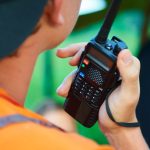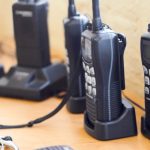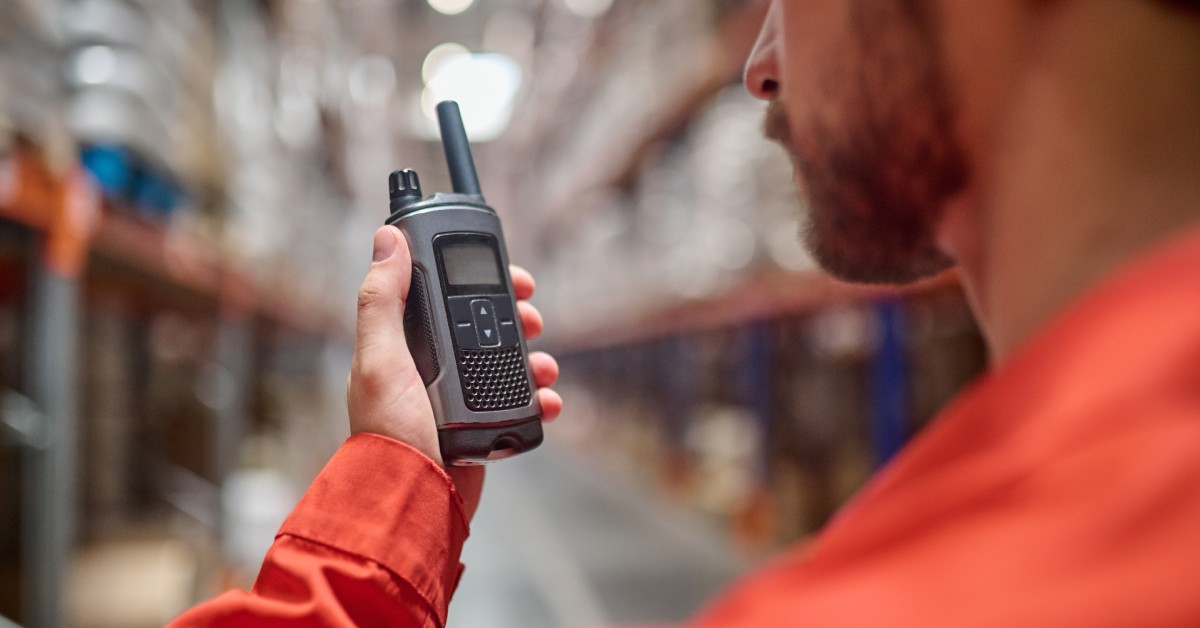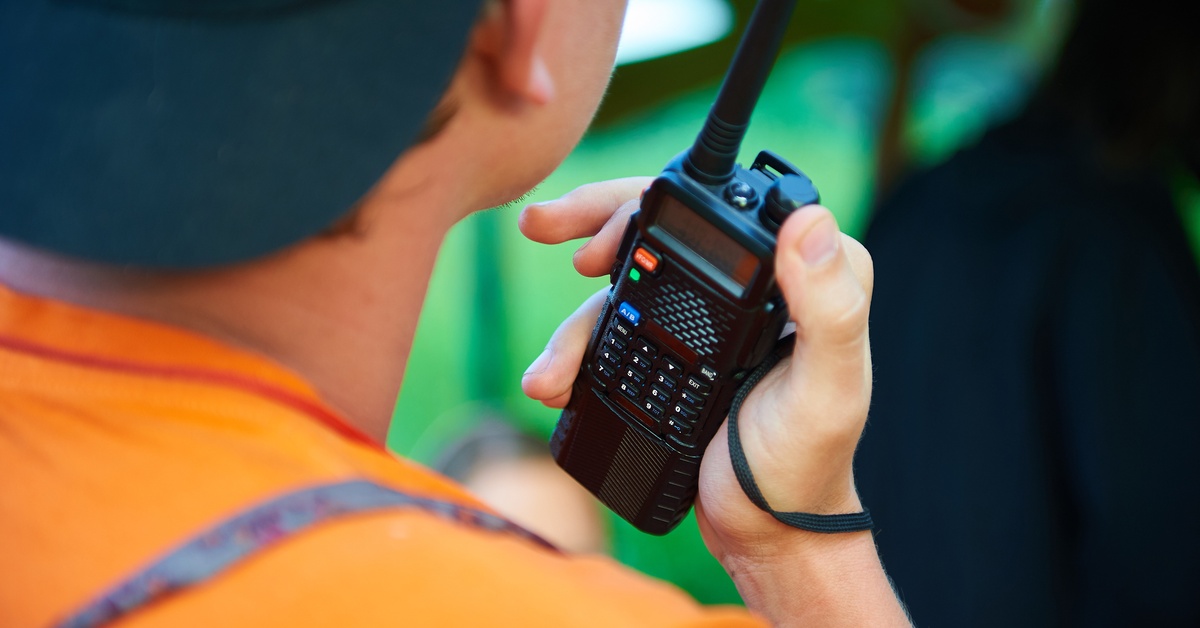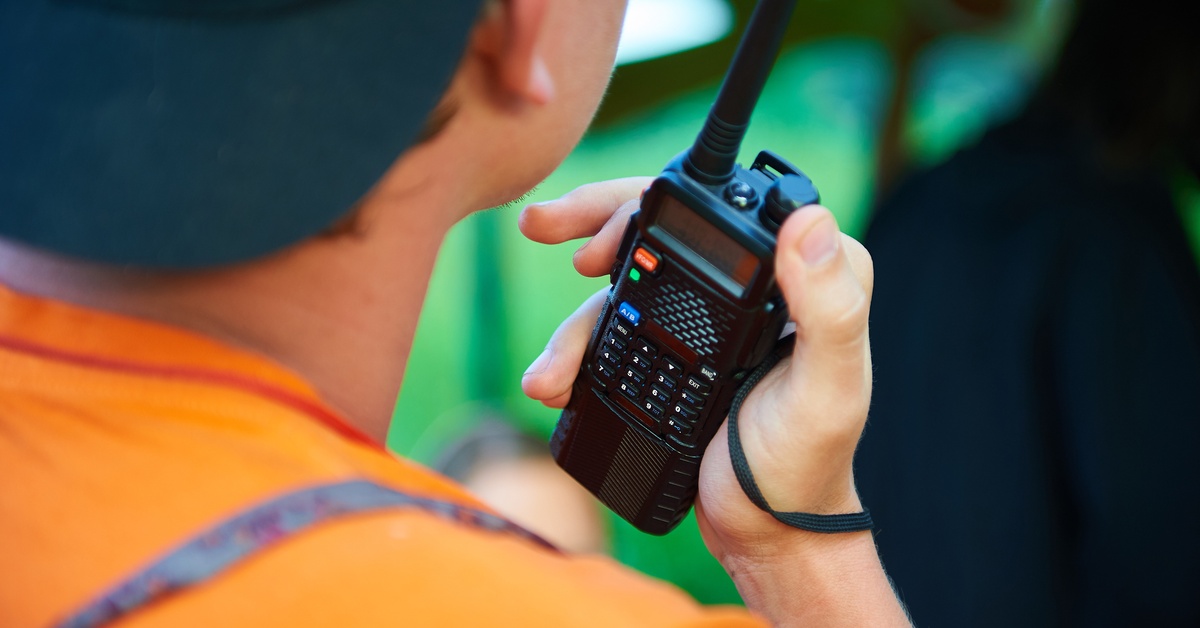Two-way radios are indispensable devices in various sectors, from public safety to event coordination. These devices make seamless communication possible, but they rely significantly on their batteries to operate optimally.
Understanding how to maximize a two-way radio battery’s shelf life is a practical skill for anyone who depends on these devices in their daily operations. To ensure you have radio power when you need it, explore the most critical factors impacting the shelf life of a two-way radio battery.
Why Dependability Matters With Two-Way Radio Batteries
The portability and efficiency of two-way radios largely depend on their batteries, as they must deliver consistent power to the radios over extended periods. A dependable battery ensures the radio is operational when needed, avoiding disruptions that could have serious implications in critical situations. This means that maintaining the health of the radio batteries is essential to preserving the functionality and reliability of these indispensable devices.

Factors Impacting Two-Way Radio Battery Shelf Life
A two-way radio is only as reliable as its battery. In emergency situations or during a challenging task, a dead battery can lead to communication breakdowns with potentially serious consequences. By understanding and addressing the aspects that impact battery life, users can ensure their radios work whenever needed.
Battery Type and Chemistry
The type of battery and its chemical composition can greatly affect its shelf life. Common types include nickel-cadmium (NiCd), nickel-metal hydride (NiMH), and lithium-ion (Li-ion). Each has its advantages and disadvantages. NiCd batteries, for example, are known for their durability but suffer from the memory effect, while Li-ion batteries are lightweight but can degrade if kept at full charge for too long. Choosing the right type for your specific needs can make a significant difference in battery longevity.
Temperature Sensitivity
Batteries are sensitive to temperature extremes. High temperatures can accelerate chemical reactions within the battery, leading to increased self-discharge and reduced capacity. Conversely, freezing temperatures can slow chemical reactions, diminishing performance. It’s important to store and use batteries at optimal temperatures, generally between 20 and 25 degrees Celsius, to maximize their lifespan.
Charge Cycles and Their Effect
A charge cycle refers to the process of draining and then fully recharging a battery. Each battery type has a limited number of charge cycles before its capacity begins to degrade. Overcharging or charging too frequently without allowing the battery to discharge appropriately can reduce its effective life. Using a smart charger that prevents overcharging and monitoring charge cycles can help you mitigate these effects.
Frequency of Use
Usage patterns significantly impact the longevity of a two-way radio battery. Radios used frequently and for extended periods will naturally drain their batteries faster than those used sporadically. Similarly, tasks requiring more power, such as transmitting versus receiving signals, will consume more energy. Understanding your usage patterns is crucial to managing battery life effectively. By monitoring use and adjusting your habits, you can prolong the life of your radio batteries.
Storage Conditions
The conditions in which batteries are stored have a profound effect on their longevity. Batteries that are stored in a charged state in a cool, dry place tend to last longer. It’s advisable to store batteries with a 40–60 percent charge and avoid exposure to moisture and high temperatures, which can lead to corrosion and leakage.
Self-Discharge Rates
All batteries self-discharge over time, meaning they lose charge even when not in use. Self-discharge rates vary between different battery chemistries, with NiCd batteries typically losing charge faster than Li-ion batteries. Understanding the self-discharge properties of your battery type can help you plan battery rotations and replacements accordingly.
Handling and Maintenance
Proper handling and regular maintenance are essential for extending battery life. This includes ensuring the contacts are clean, using compatible chargers, and avoiding overcharging. Periodic maintenance checks can prevent issues like corrosion and ensure batteries are operating at peak efficiency.
Age of the Battery
Over time, a battery’s ability to hold a charge diminishes. Older batteries may not perform as well as new ones, regardless of usage or care. Keeping track of purchase dates and replacing old batteries regularly can prevent unexpected failures.
Quality and Brand
Not all batteries are created equal. Higher-quality batteries from reputable brands often have better materials and construction, leading to longer lifespans. Investing in quality batteries, even at a higher initial cost, can result in savings over time through longer service life and fewer replacements.
Intended Use-Case
The intended use-case of a two-way radio can significantly influence battery life. Radios used for critical, time-sensitive scenarios, such as in emergency services, require batteries that provide reliable, long-lasting power to ensure continuous communication. For these applications, prioritizing high-capacity batteries and implementing rigorous charging protocols is essential. Conversely, for casual or sporadic use, such as hobby activities or light event coordination, users might opt for standard batteries that balance longevity and cost.

Steps for Testing Your Battery’s Life
Testing your two-way radio battery’s life can help you determine when it’s time for a replacement or if there are usage habits you need to adjust. Here’s a simple step-by-step guide for battery testing:
- Fully charge the battery. Start by charging the battery completely using the designated charger for your battery type. Ensure the charger is functioning correctly and that the charging process is uninterrupted.
- Record initial voltage and capacity. After charging, measure and document the initial voltage and capacity using a multimeter or other battery testing tool suitable for your battery type. This information will serve as a baseline for reference.
- Simulate standard usage. Use your two-way radio normally or simulate standard usage patterns. Be sure to note the time at which you start using it, as doing so can help you assess how long the battery sustains typical operations.
- Monitor the time until battery depletion. Continue using the radio until the battery is completely depleted. Record the total time taken from full charge to depletion; this duration provides an estimate of the current battery life under normal conditions.
- Repeat the charge and discharge cycle. For more accurate results, repeat the charge and discharge cycle multiple times. Consistent results across tests help confirm the battery’s health and longevity.
- Compare with manufacturer specifications. Compare your findings with the manufacturer’s specifications for run time. A significant deviation may indicate battery wear or issues that require attention.
- Assess and plan for replacement if needed. If the battery life is considerably lower than expected and consistent across tests, it may be time to replace the battery. Managing replacements proactively prevents disruptions during crucial tasks.
- Analyze and adjust usage patterns. Based on your test results, consider adjusting your usage patterns to prolong battery life. Reducing unnecessary transmission time and turning off the radio when not in use can make a noticeable difference.
By following these steps, you can regularly monitor and manage your two-way radio batteries, ensuring reliable performance whenever communication is critical.
Making the Most of Your Two-Way Radio Batteries
A well-maintained battery is key to ensuring your two-way radio remains a reliable tool in any situation. By understanding the factors impacting the shelf life of a two-way radio battery and implementing the recommended practices, you can significantly enhance the longevity and performance of your device.
A proactive approach to battery management not only saves time and money but also ensures that your communication devices are dependable. At Battery Distributors, we carry a wide selection of trusted battery brands—for instance, our Motorola radio batteries will give you peace of mind in any situation. Whether for professional or personal use, our batteries can help you get the most out of your two-way radios.



